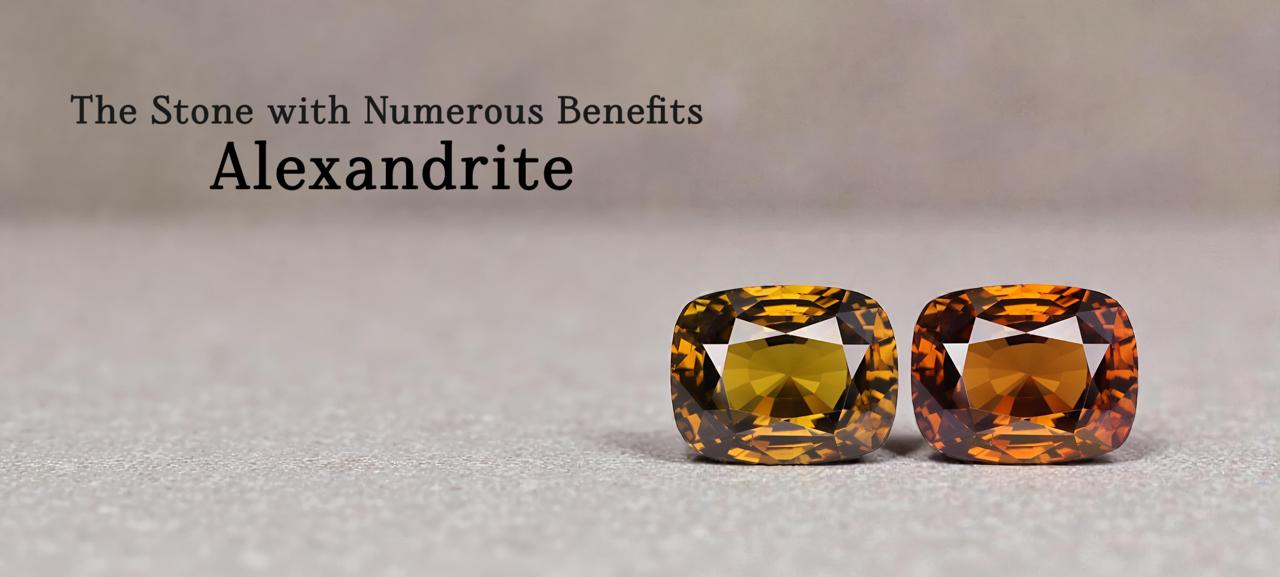 Categories
Categories 
Panna stone in English is called an emerald. It is a precious gemstone and has gained a reputable place amongst the Big 4's, with others being rubies, diamonds, and sapphires. Along with their stunning green hues, these natural gems have captivated people for centuries with their metaphysical properties, too. In Vedic astrology, Panna Ratna benefits individuals with love, good health, prosperity, creativity, and success. However, astrological property is just one aspect; these stones are unique in many ways. One such characteristic is its internal feature, which is inclusions. Let us know how these natural inclusions play an essential role in giving emeralds their individuality.
The name "emerald" comes from the Greek word "smaragdos," which means "green gem." It comes from the beryl mineral family, and simulating its name, it features an impressive color that ranges from pale green to lush forest green. The color of emerald stone gets a high price if it is more intense and bright. One more factor that is important in evaluating the price of panna ratna is its clarity. Clarity is defined by the presence or absence of inclusions, imperfections, or blemishes. Higher value stones are those with few or no inclusions. But can these imperfections be valuable? Let's see how a natural panna stands perfectly on these imperfections.
Also Read: Types of Emeralds - The Ultimate Guide
Inclusions in gemstones are referred to as any material that is trapped inside the mineral during the time it is formed. These can be in the form of crystals, fractures, liquid or gas bubbles. Viewing inclusion can be difficult, so a microscope is used. The most common example of very fine inclusions is those within the amber stone. The trapped insects, plants, or other organic material tell us what amazing things nature has. Apart from this, inclusion in gemstones helps us classify the originality of the stone. Hence, it helps determine whether the stone is natural, synthetic, or treated. In this context, emeralds are one of the precious gemstones that have these imperfections from the time they are formed. Let's see what the common emerald inclusion types are.
Also Read: Cracks Vs Inclusions: Gemstone
Inclusions are common to gemstones. They are present inside the gem during the process of their formation. These inclusions are source-specific. In the case of emeralds, the standard inclusions are called "jardin," which means garden. The internal inclusions inside the panna give it a mossy appearance or a rich garden. Natural emerald inclusions are as follows:

These are generally in the form of a gas bubble, liquid, or solid crystal. These inclusions are formed as a result of extreme pressure and temperature conditions. The process occurs when homogenous liquid is trapped in the cavity. Three-phase inclusions are typical in Colombian and Panjshir emeralds.
Also enhance your knowledge: Best Emerald Stone Color Chart

These occur in two phases, mainly liquid and gas; it lacks a solid phase. They are generally found in panna ratna obtained from India and Brazil. The inclusions found in these gems are visible under magnification. The liquid phase is water or saline, whereas the gas bubbles move within this phase.

These crystals are a group of silicate minerals and are generally arranged inside the stone in radial, fibrous, or slender prismatic shapes. Tremolite crystals are a characteristic feature of Panna Ratna, which is sourced from Zimbabwe and Zambia. These inclusions are due to the geological formation under which the gemstone is formed. Zambian emeralds from Kafuba mines are formed within the metamorphic sedimentary rocks rich in tremolite and actinolite inclusions. Tremolite silicate minerals are brownish or bluish-green and give a blue tinge to the panna stone. Thus, natural emeralds from Zambia display a bluish-green color, making them unique from others.

Parasite is a rare earth element which is brown. It is found to be an inclusion in Colombian Panna from Muzo mines. These inclusions are rare but are one of the ways you can tell whether the emerald is from Colombia or another source.
Read More Here: A Study About Inclusions in Emeralds

During emerald crystal formation, the black carbon impurities get trapped inside. Since the gemstone has a hexagonal crystal structure, the impurities take the same shape and form a six-point radial pattern. These inclusions are found in Trapiche emerald from Muzo mines, Colombia. This six-ray pattern appears as an asterism phenomenon, which is a characteristic feature of many gemstones like star rubies but is not this phenomenon. It is because this six-rayed spoke found in rare Trapiche does not move and is fixed.

These are man-made gems featuring the same crystal structure and elements as natural panna but are made in the lab. Synthetic gems also have inclusions in them. For instance, hydrothermal synthetic emerald features imperfections such as fractures, two-phase inclusions, phenakite crystals, and nail head spicule inclusions. Most of these are also found in natural beryl stones. Thus, spotting real and synthetic gemstones is difficult. So, one should always look for certified gems where it is mentioned that the stone is natural or not.
Panna Ratna comes under type 3 inclusions, which means inclusions are natural to them. As per the emerald inclusion chart, they can be categorized as:
AAA+: Eye-clean clarity. Is expensive and rare. Highest quality
AAA: White clouds and black dots are visible. Considered excellent quality
AA+: 40% inclusions are present, better quality
AA: Large size black spot found
AA-: 60% inclusions found on the surface
A+: Black crystal inclusions that are visible to the naked eyes
A-: Low quality, 90% included
B: High black inclusions, lowest quality
C: Highly included emeralds, lower transparency, two and three-phase inclusions prominent
Spotting a genuine panna gemstone from fake or synthetic ones is difficult. However, with these basic steps, one can examine the authenticity of the stone.
To conclude, inclusions are present from the time natural gemstones were formed. Thus, it is important to tell whether the emerald is real or not. Analyzing the types of inclusions present in these beryl stones also entails which origin the gem comes from.
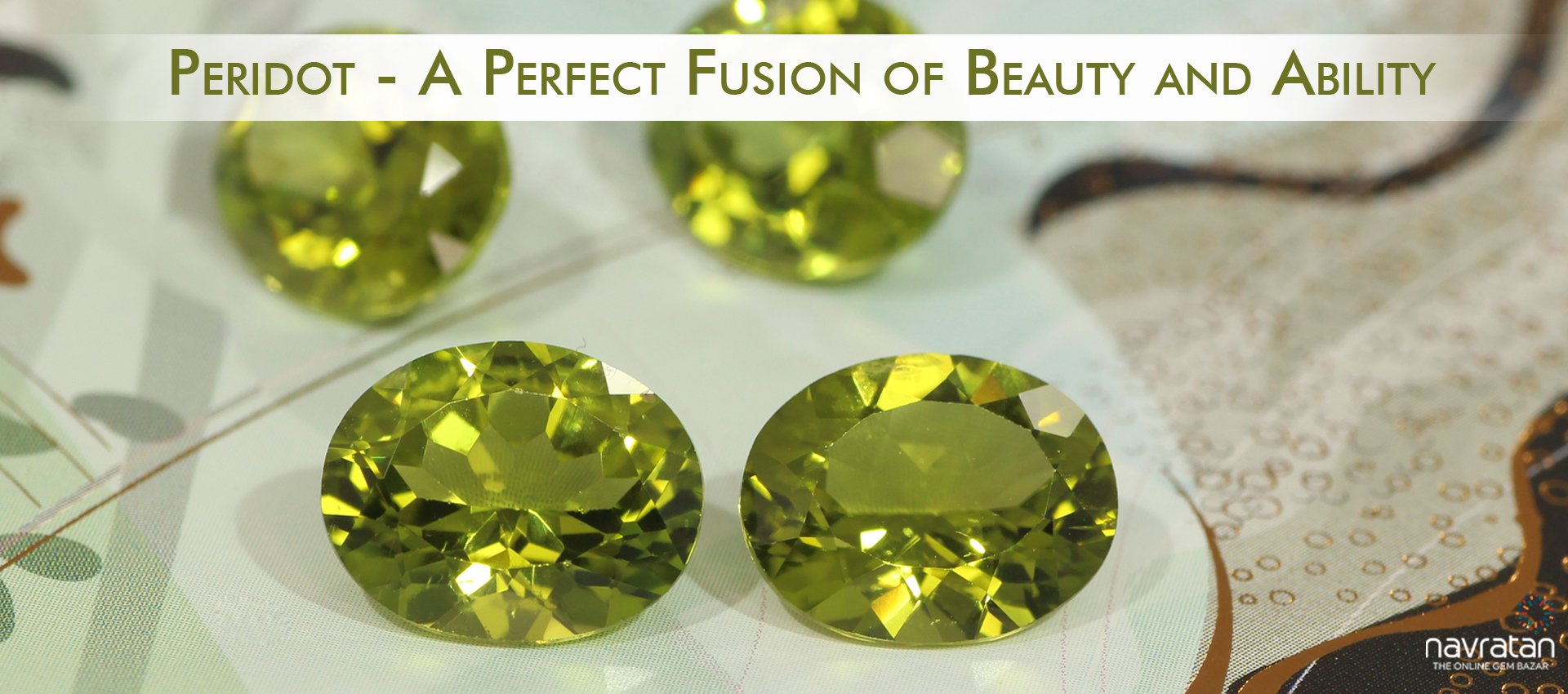
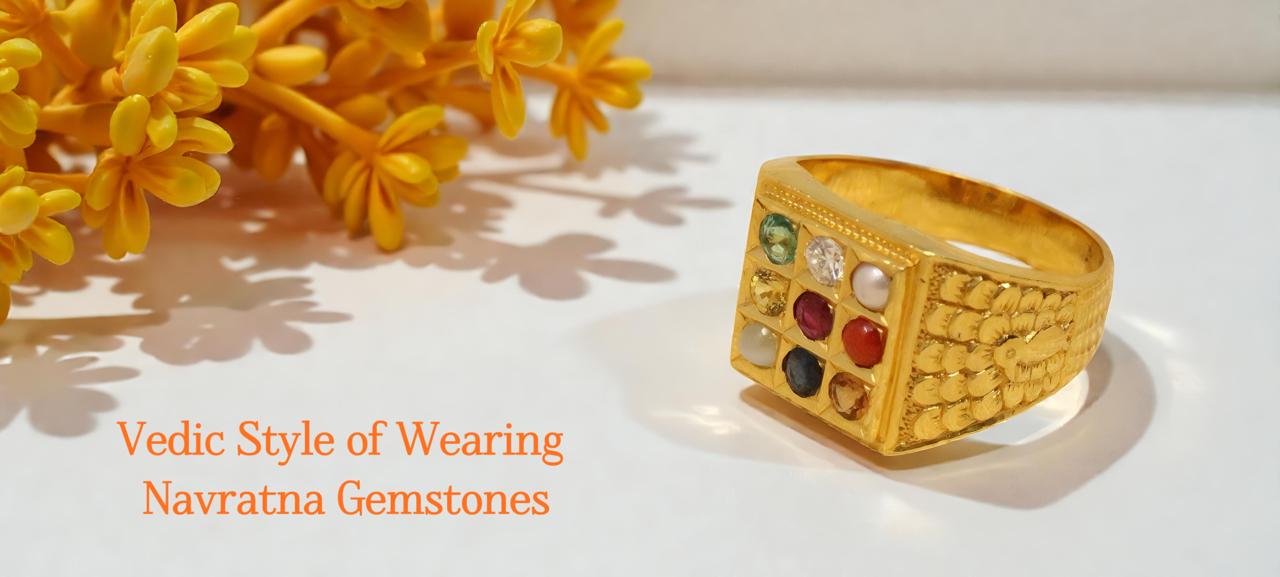
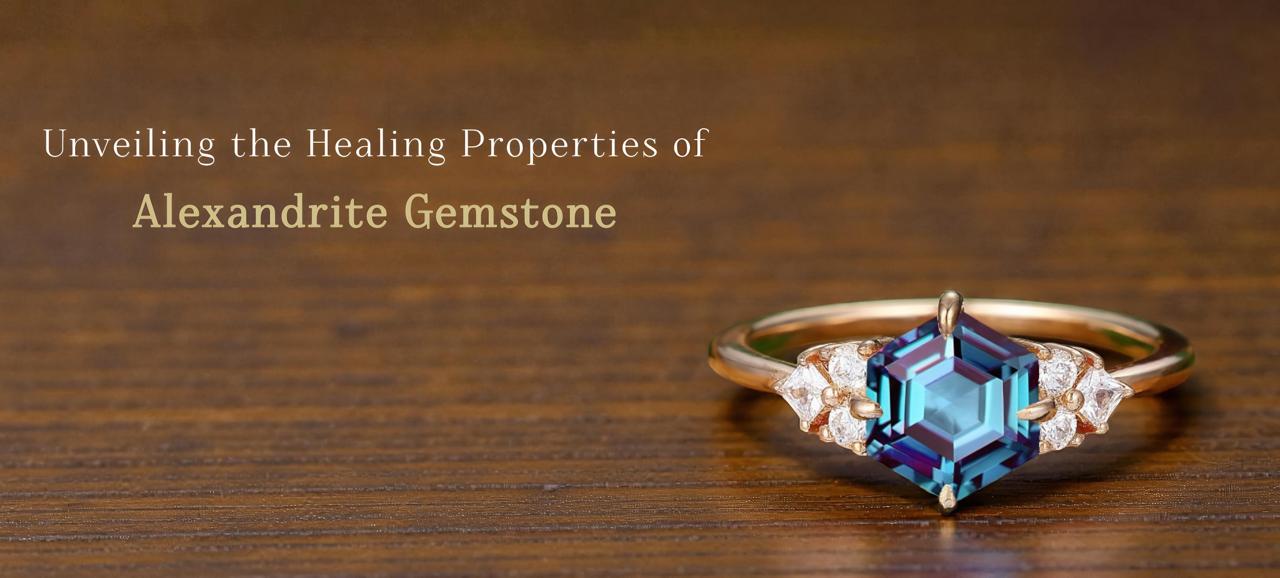
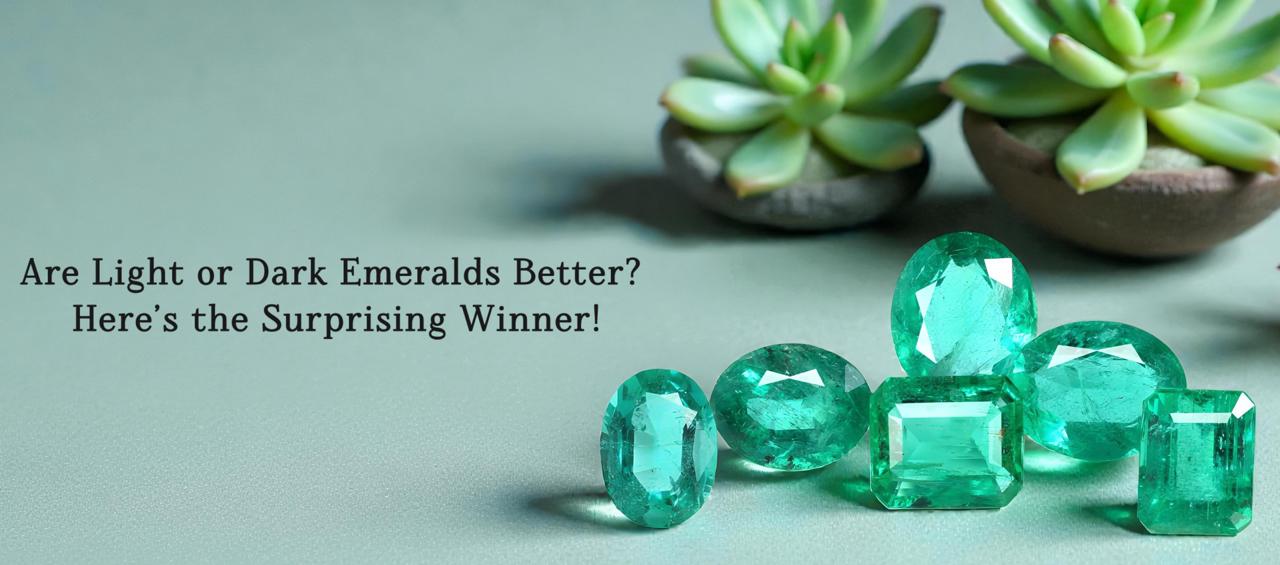
Are Light or Dark Emeralds Better? Here’s the Surprising Winner
December 24th, 2025